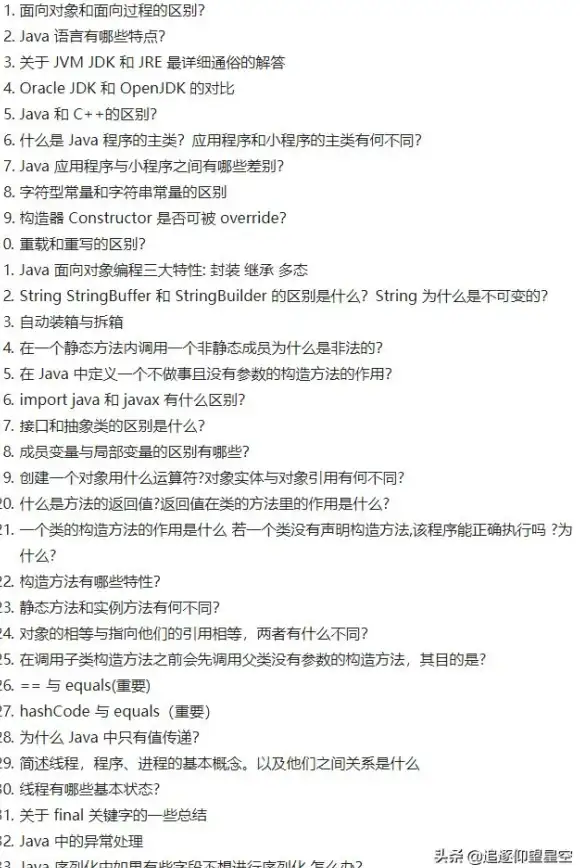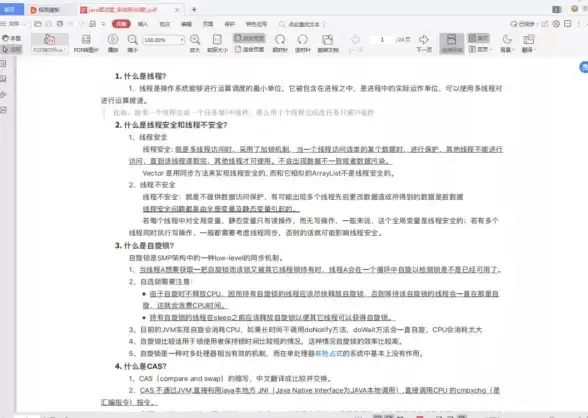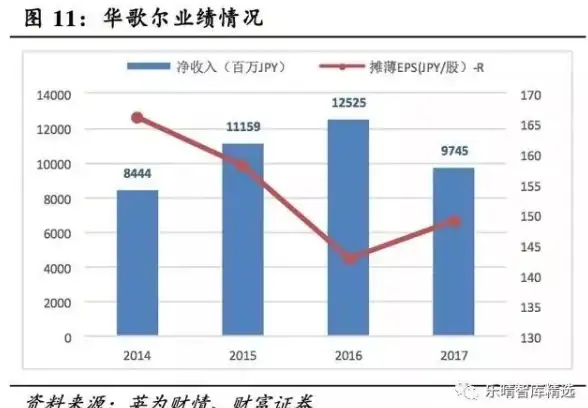上一篇
缓存优化|高并发处理 在Redis项目中的使用模式,redis项目中使用场景
- 问答
- 2025-07-31 06:48:11
- 7
Redis实战:缓存优化与高并发处理的艺术
场景引入:电商秒杀的惊魂夜
去年双十一,我负责的电商平台经历了一场惊心动魄的秒杀活动,当秒杀按钮亮起的瞬间,系统监控面板上的QPS曲线像火箭般垂直上升,数据库连接池迅速耗尽,整个系统几乎崩溃,就在这千钧一发之际,我们预先设计的Redis缓存策略发挥了关键作用,成功扛住了每秒数十万次的请求,这次经历让我深刻体会到,在当今高并发场景下,合理使用Redis进行缓存优化是多么重要。
Redis缓存优化核心模式
缓存雪崩防御策略
缓存雪崩是指大量缓存同时失效,导致请求直接打到数据库上的现象,我们采用分层失效+本地缓存的组合方案:
def get_product_info(product_id):
# 先检查本地缓存
local_cache = get_from_local_cache(product_id)
if local_cache:
return local_cache
# Redis缓存读取
redis_data = redis_client.get(f"product:{product_id}")
if redis_data:
# 设置本地缓存,过期时间比Redis短
set_local_cache(product_id, redis_data, expire=30)
return redis_data
# 数据库查询
db_data = db.query_product(product_id)
if db_data:
# 设置Redis缓存,采用随机过期时间避免同时失效
random_expire = 3600 + random.randint(0, 300)
redis_client.setex(
f"product:{product_id}",
random_expire,
db_data
)
return db_data
return None
缓存穿透解决方案
对于不存在的商品查询,我们采用布隆过滤器+空值缓存的组合拳:
def get_product_detail(product_id):
# 先检查布隆过滤器
if not bloom_filter.exists(product_id):
return None
# 正常缓存查询流程
data = redis_client.get(f"product_detail:{product_id}")
if data == "NULL": # 空值缓存
return None
if data:
return data
# 数据库查询
db_data = db.query_product_detail(product_id)
if db_data:
redis_client.setex(
f"product_detail:{product_id}",
3600,
db_data
)
else:
# 设置空值缓存,过期时间较短
redis_client.setex(
f"product_detail:{product_id}",
300,
"NULL"
)
return db_data
高并发处理实战技巧
热点数据发现与处理
我们开发了实时热点发现系统,基于Redis的HyperLogLog和ZSET实现:

def track_hot_items(item_id):
# 使用HyperLogLog统计独立访问量
redis_client.pfadd(f"item_access:{item_id}", request.ip)
# 使用ZSET维护热点排行榜
redis_client.zincrby("hot_items", 1, item_id)
# 定期分析热点数据
if random.random() < 0.01: # 1%的采样率
hot_items = redis_client.zrevrange("hot_items", 0, 99)
for item in hot_items[:10]: # 前10名超级热点
# 实施特殊处理策略
preload_to_local_cache(item)
replicate_to_edge_nodes(item)
分布式锁的进阶用法
在秒杀场景中,我们采用RedLock算法实现分布式锁:
def acquire_lock(lock_name, acquire_timeout=10, lock_timeout=30):
identifier = str(uuid.uuid4())
lock_key = f"lock:{lock_name}"
end = time.time() + acquire_timeout
while time.time() < end:
# 尝试获取锁
if redis_client.setnx(lock_key, identifier):
redis_client.expire(lock_key, lock_timeout)
return identifier
elif not redis_client.ttl(lock_key):
redis_client.expire(lock_key, lock_timeout)
time.sleep(0.001)
return False
def release_lock(lock_name, identifier):
lock_key = f"lock:{lock_name}"
with redis_client.pipeline() as pipe:
while True:
try:
pipe.watch(lock_key)
if pipe.get(lock_key) == identifier:
pipe.multi()
pipe.delete(lock_key)
pipe.execute()
return True
pipe.unwatch()
break
except redis.exceptions.WatchError:
pass
return False
Redis在典型业务场景中的应用
购物车实现方案
我们采用Hash结构存储购物车,既节省空间又方便操作:
def add_to_cart(user_id, product_id, quantity):
cart_key = f"cart:{user_id}"
redis_client.hincrby(cart_key, product_id, quantity)
# 设置购物车过期时间为7天
redis_client.expire(cart_key, 604800)
def get_cart_items(user_id):
cart_key = f"cart:{user_id}"
return redis_client.hgetall(cart_key)
def remove_from_cart(user_id, product_ids):
cart_key = f"cart:{user_id}"
redis_client.hdel(cart_key, *product_ids)
实时排行榜设计
对于游戏积分排行榜,我们采用ZSET实现:
def update_player_score(player_id, score_delta):
leaderboard_key = "game_leaderboard"
redis_client.zincrby(leaderboard_key, score_delta, player_id)
# 每周重置排行榜
if not redis_client.exists("leaderboard_reset_flag"):
redis_client.setex("leaderboard_reset_flag", 604800, 1)
redis_client.zremrangebyrank(leaderboard_key, 0, -1)
def get_top_players(limit=100):
return redis_client.zrevrange(
"game_leaderboard", 0, limit-1, withscores=True
)
性能优化经验分享
Pipeline批量操作
在一次用户画像更新中,我们通过Pipeline将性能提升了20倍:

def batch_update_user_tags(user_tags):
with redis_client.pipeline() as pipe:
for user_id, tags in user_tags.items():
pipe.delete(f"user_tags:{user_id}")
pipe.sadd(f"user_tags:{user_id}", *tags)
pipe.expire(f"user_tags:{user_id}", 86400)
pipe.execute()
内存优化技巧
我们发现String类型存储JSON数据浪费严重,改为Hash结构后内存节省40%:
# 优化前
redis_client.set("user:1001", json.dumps(user_data))
# 优化后
redis_client.hmset("user:1001", user_data)
2025年的Redis实践
根据2025年最新的技术趋势,我们正在探索以下方向:
- AI驱动的缓存预热:利用机器学习预测热点数据,提前加载到Redis
- 量子安全加密:为敏感缓存数据部署抗量子计算的加密方案
- 边缘缓存网络:构建基于Redis的多级边缘缓存体系,降低骨干网压力
Redis作为缓存和高并发处理的利器,其价值只会随着数据量的增长而愈发凸显,掌握这些核心模式和实践经验,你将能够构建出既快又稳的系统架构。
本文由 綦文山 于2025-07-31发表在【云服务器提供商】,文中图片由(綦文山)上传,本平台仅提供信息存储服务;作者观点、意见不代表本站立场,如有侵权,请联系我们删除;若有图片侵权,请您准备原始证明材料和公证书后联系我方删除!
本文链接:https://vps.7tqx.com/wenda/492218.html









发表评论